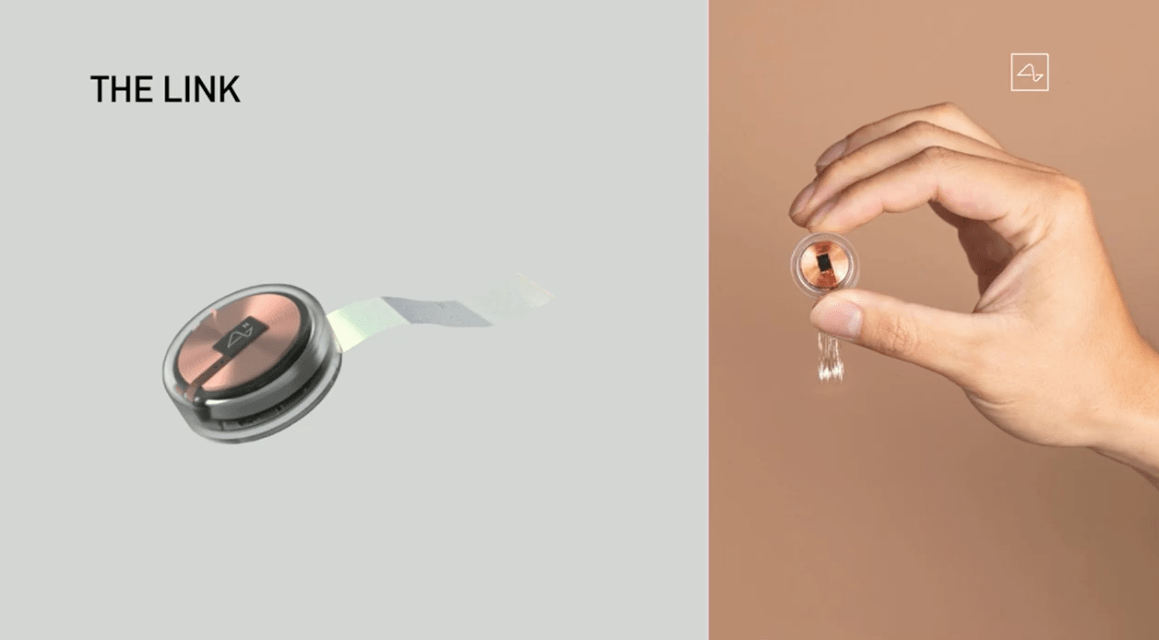


We first heard about Neuralink back in 2017. Elon Musk had a grand vision of implanting a computer chip in the human brain allowing for direct interface with computers. It’s a grand vision that pictures humans as flesh, blood, bone, and AI hybrids. Amputees could use the interface to control artificial limbs. Non-verbal people could operate communication devices without the need for hands. We could jam our Spotify playlists directly into our grey matter. We’re human hardware.
Musk showed off a version of it at a demonstration last year, but this week, he has been crowing about how V2 will “blow minds.” He claims that the demo will include a working device that will demonstrate the capabilities of the system in its current state. We’ll be watching it live along with you. The live stream is embedded above, but you can also watch directly on the Neuralink site.
Computer-brain interfaces aren’t a new concept. I remember getting excited about the concept as a kid when I saw Krang from TMNT piloting his dopey robot body with electrodes attached to his wrinkly pink brain-body. But, the developments haven’t just come from sci-fi. Startups like Kernel and massive tech behemoths such as Facebook are all currently working on the tech in some form or another.
So far, the technology has shown promise, but it takes a lot to convince someone to let the Geek Squad dig into your skull and start attaching electrodes where there was once only squishy flesh. Musk claims the procedure will be similar to getting Lasik vision surgery, which actually doesn’t sound like too big of an ask, especially if it can delivery on some of its loftier promises, like treating serious brain diseases. Down the road, however, he hopes it will become common place enough that it can become an upgrade process instead of a medical treatment. We’ll excitedly download our new brain firmware to find out what new capacity we have to play with.
The event
We’re finally getting started at 6:41 p.m. Eastern. Elon says “recruiting” is the primary purpose of the demo. He says the company isn’t looking for funding, but rather wants to get talented people working on the team.
He says the primary objective of the device is to fix brain and spine problems.

These are extremely lofty promises.
Musk is currently recapping the current state of the art when it comes to reading neurons. He’s describing the Utah Array, which needs installation with an air hammer and requires large, external hardware on the outside of the skull. He also mentions deep brain stimulation, which is currently helping hundreds of thousands of people, but uses a “brute force” technique.
Musk jokes that he could have one right now and you’d never know. The new device doesn’t require an external piece behind the ear like the version we saw last year. It charges inductively like a Qi device.
The surgery to install the device would depend on an “advanced robot” and the procedure would take less than an hour. Musk says a robot is the only way to get the kind of accuracy needed to make this work.
He’s getting into the nitty gritty of the installation (implantation?) process. He says it will cause zero noticeable neural damage when you insert the link. It allegedly won’t bleed.
He just brought out three pigs. One never had an implant, one has an implant (though it’s not cooperating), and one used to have an implant.

Musk says it’s possible to have multiple links in your head and have them work at the same time.
It’s truly weird to see a spec sheet slide for a brain implant like you would for a new smartphone. The device connects to your phone via Bluetooth low energy.

Musk says he’s working closely with the FDA and the Neuralink has been deemed a “Breakthrough Device.”
With that, we’re back into the recruiting pitch. He says applicants don’t need experience with brains to apply.
Musk explicitly says that people will be able to summon their Teslas telepathically. The Q&A section of the presentation seems to jump back and forth between “kinda funny” questions from Twitter to really in-depth questions about specific engineering.
Musk mentions that going deeper into the brain down the road could allow it to affect conditions such as depression and addiction. That’s far down the road. Right now, he says there are 100 people working on the team, but there could be 10,000 down the road.
